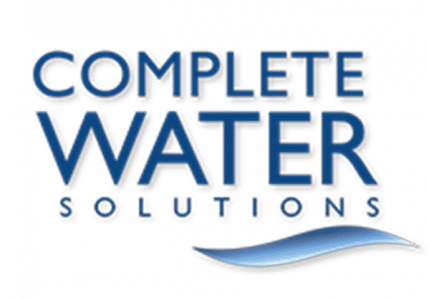Boiler Water Deposits – Part 6
Chemical Treatments for Boiler Deposits - Part 6
Phosphate/Polymer Control
Iron oxide is of particular concern in today’s boiler water treatment programs. Deposition from low (less than 1.0 ppm) hardness boiler feedwater is eliminated with chelant programs and can be reduced by up to 95% by a good polymer/phosphate treatment program. Iron oxide is an increasingly significant contributor to boiler deposits because of the virtual elimination of hardness deposits in many systems and because the high heat transfer rates of many boilers encourage iron deposition.

Chelants are the prime additives in a solubilizing boiler water treatment program. Chelants have the ability to complex many cations. They accomplish this by locking metals into a soluble organic ring structure. The chelated cations do not deposit in the boiler. When applied with a dispersant, chelants produce clean waterside surfaces.
The greatest challenge with chelants, and any material, is to understand the proper application.
Chelants are weak organic acids that are injected into boiler feedwater in the neutralized sodium salt form. The water hydrolyzes the chelant, producing an organic anion. The degree of hydrolysis is a function of pH; full hydrolysis requires a relatively high pH.
The anionic chelant has reactive sites that attract coordination sites on cations (hardness and heavy metal contaminants). Coordination sites are areas on the ion that are receptive to chemical bonding. For example, iron has six coordination sites, as does EDTA (ethylenediaminetetraacetic acid). Iron ions entering the boiler (e.g., as contamination from the condensate system) combine with EDTA. All coordination sites on the iron ion are used by the EDTA, and a stable metal chelate is formed.
NTA (nitrilotriacetic acid), another chelant applied to boiler feedwater, has four coordination sites and does not form as stable a complex as EDTA. With NTA, the unused coordination sites on the cation are susceptible to reactions with competing anions.
Chelants combine with cations that form deposits, such as calcium, magnesium, iron, and copper. The metal chelate formed is water-soluble. When the chelate is stable, precipitation does not occur. Although there are many substances having chelating properties, EDTA and NTA are, to date, the most suitable chelants for boiler feedwater treatment.

